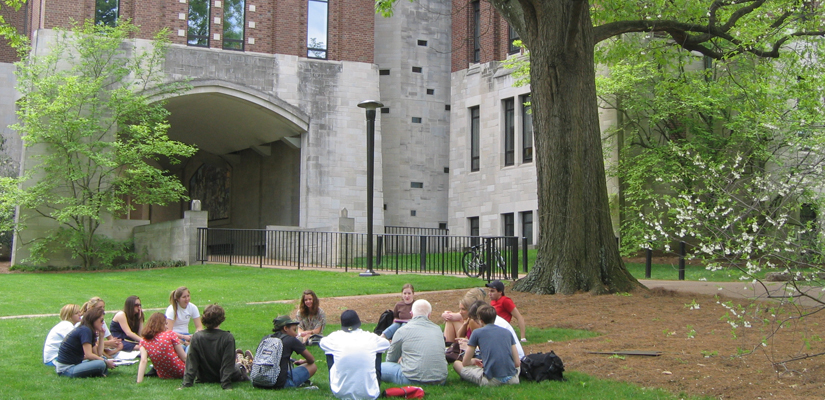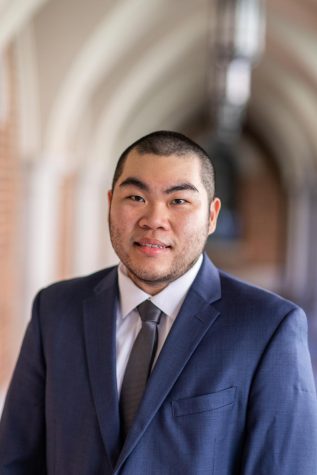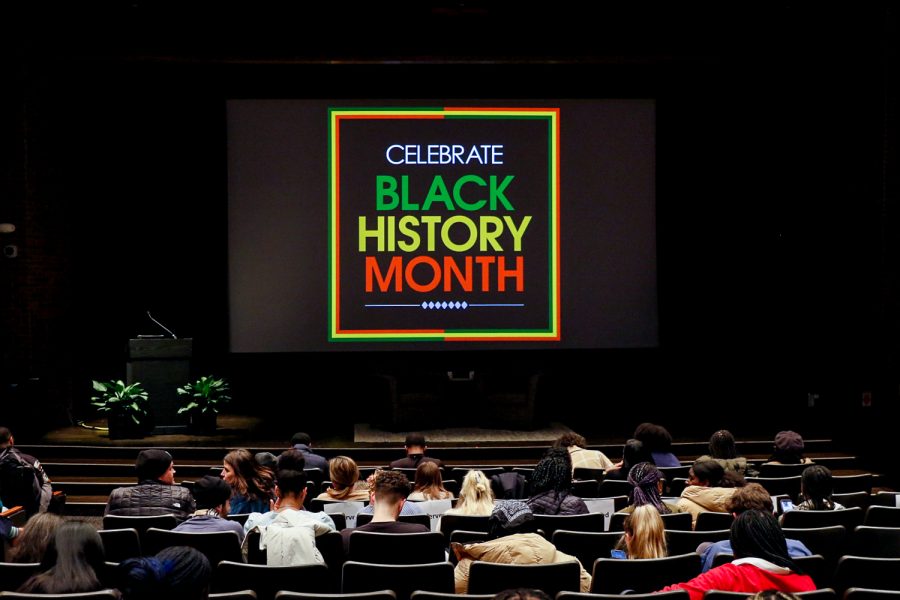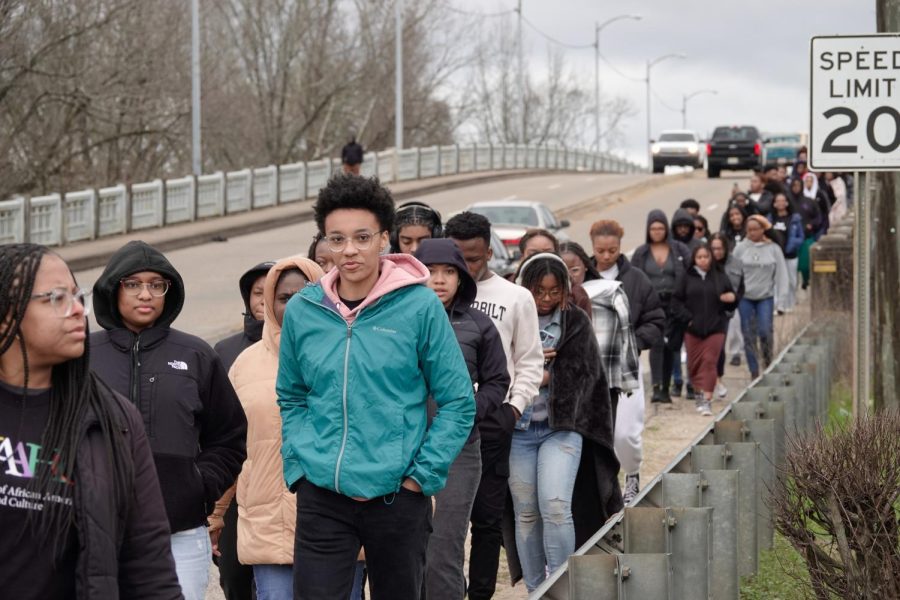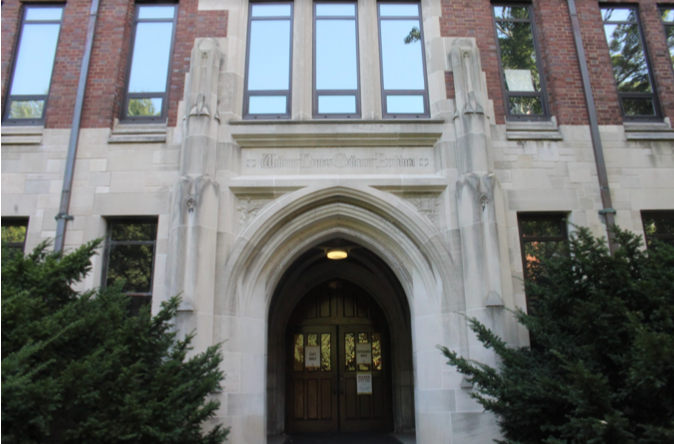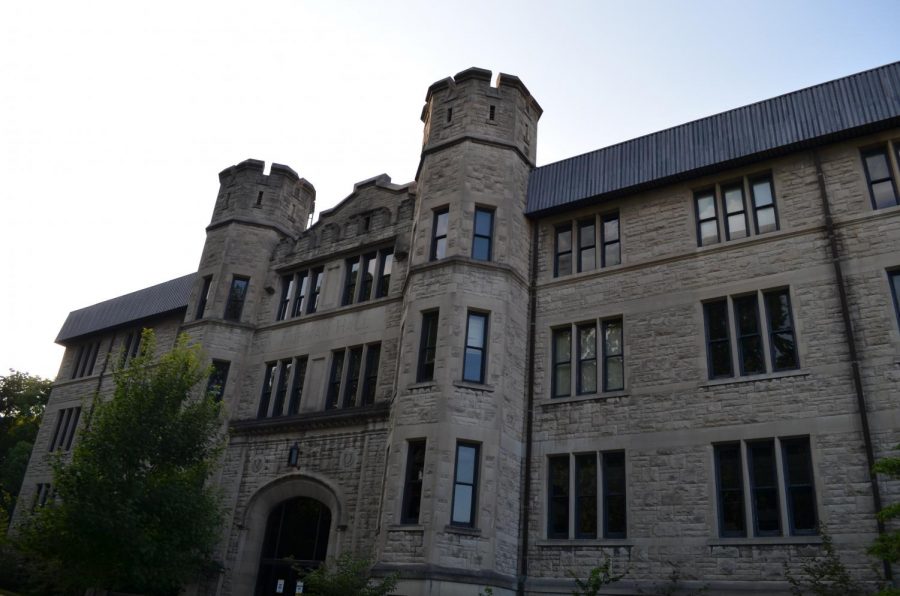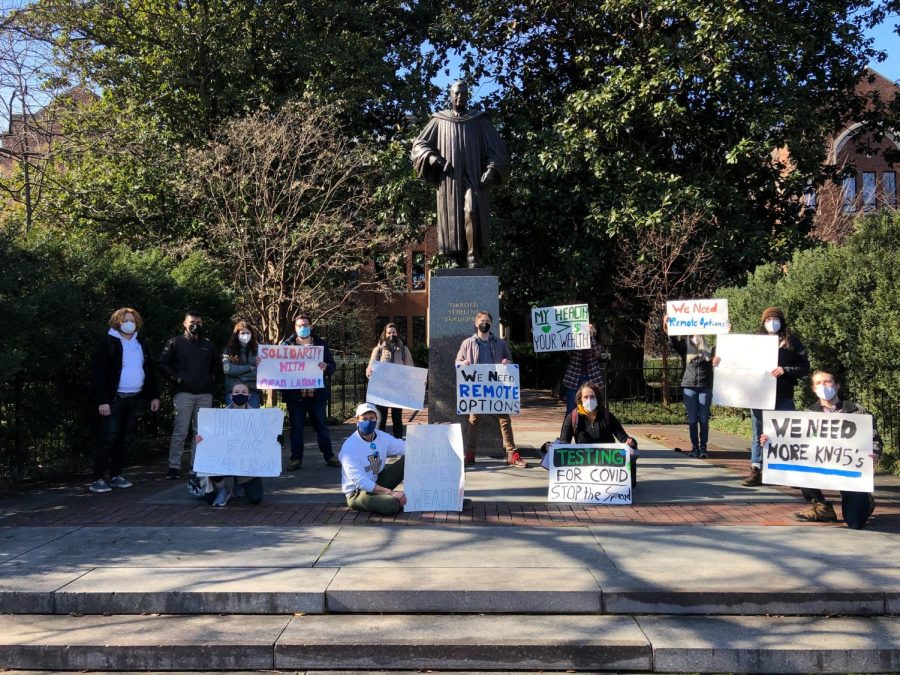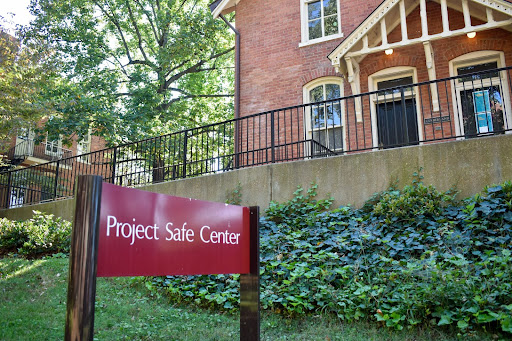A student-led initiative held a community discussion over Zoom on Monday, July 6, at 7 p.m. CDT to form an action plan for the renaming of Calhoun Hall.
The meeting, made open to members of the student body, was hosted by rising junior Hannah Bruns and featured faculty member Dr. Rosevelt Noble, director of the Bishop Johnson Black Cultural Center (BCC). 29 members of the student body were in attendance.
“Although this initiative started as a VSG Senate bill that I passed my freshman year, no organization is really in charge of the effort to rename Calhoun Hall,” Bruns said in an email to The Hustler. “I have been supported by a group of students who are helping in the fight to rename Calhoun but we are not an official organization. However, we hope to partner with organizations in the future.”
Christabel Hammond, a rising sophomore working with Bruns, commented on the advantages of not having this effort be tied to a specific student organization.
“It’s great because it allows us to mobilize from every single organization without being tied down to rules, etc.,” Hammond said in a message to The Hustler. “I would say that the BCC has been amazing with giving us their space, expertise or email system.”
Bruns opened the discussion by iterating why she thinks renaming Calhoun Hall is important. Calhoun Hall is named after William Henry Calhoun (1815-1865), a Nashville silversmith and jeweler. Calhoun supported the Confederate States of America and owned slaves. For these reasons, Bruns believes that it is imperative that the building be renamed.
Calhoun’s daughter, Mary Ella Calhoun Foote, left her estate to Vanderbilt University in 1918. Her estate, along with John D. Rockefeller’s General Education Board (GEB), provided the funds necessary to erect Calhoun Hall in 1928.
“I don’t want to just read or hear about diversity in some speech but I want it displayed everywhere on campus. I want it celebrated,” Hammond said. “Moreover, I want Vanderbilt to be a place where students are truly supported in every aspect. I think that’s the only way you are going to nurture leaders.”
The discussion then shifted to a four-step action plan, which Bruns said consists of raising awareness, reaching out to administration, actively protesting and possibly getting student athletes involved. Bruns said plans for student-athlete involvement could look similar to the demonstrations led by Clemson University student-athletes. Other students in attendance gave their suggestions as to how each step of this plan could be accomplished most effectively.
Students mentioned using social media and invoking the help of faculty, athletes, Greek life and other student organizations as possible options to expedite the renaming process. Signing petitions and writing letters directly to the administration were also discussed as major tools.
Bruns suggested active protest methods that could be used including walk-outs and protesting outside of Calhoun Hall and around campus. According to Bruns, it was important that any protests be done in a manner that minimizes inconvenience for janitorial, dining and other campus staff, who offer so much to the Vanderbilt community.
In light of the beginning of Chancellor Daniel Diermeier’s term, Bruns said she is hopeful for what this new university era may bring.
“Based on the email Chancellor Diermeier sent on July 1 about inclusivity at Vanderbilt, I am hopeful for the changes he has committed to,” Bruns said. “I also hope he considers the renaming of Calhoun in his inclusivity initiatives.”
As for what to rename Calhoun Hall, Bruns expressed her approval in renaming the building after Rev. James Morris Lawson Jr., a Black university professor and activist who was expelled from Vanderbilt in 1960 for his participation in nonviolent Civil Rights protests.
“Even though some more details need to be hammered out, I think that we accomplished the goal of creating a plan,” Bruns said.

